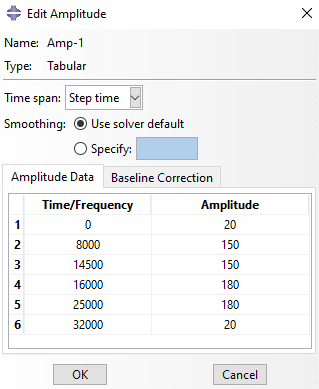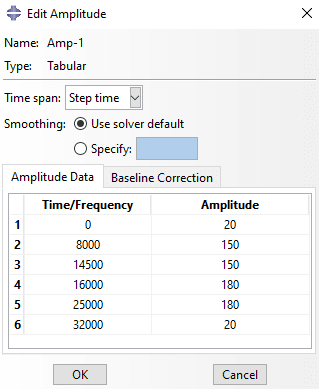BrendaGR99
Student
Hi guys,
Right now I'm running a coupled temp-disp analysis in ABAQUS/CAE, however, my job is very slow, 15 minutes have passed and only 1 increment has been made, I tried modifying the step to a time period of 1, maximum number of increments of 50, initial increment size 0.01, maximum 1 and minimum 1e-15. When I increase the maximum number of increments to a 1000 that seems to run faster but it may take days to finish. What can I do?
I attached my file if that helps.
Right now I'm running a coupled temp-disp analysis in ABAQUS/CAE, however, my job is very slow, 15 minutes have passed and only 1 increment has been made, I tried modifying the step to a time period of 1, maximum number of increments of 50, initial increment size 0.01, maximum 1 and minimum 1e-15. When I increase the maximum number of increments to a 1000 that seems to run faster but it may take days to finish. What can I do?
I attached my file if that helps.


